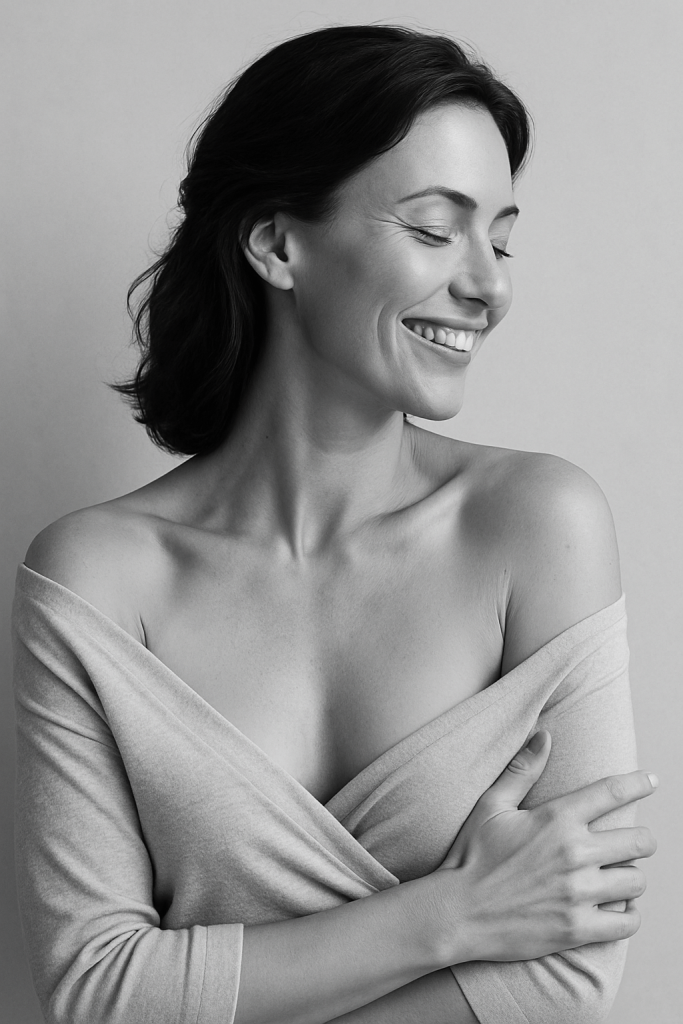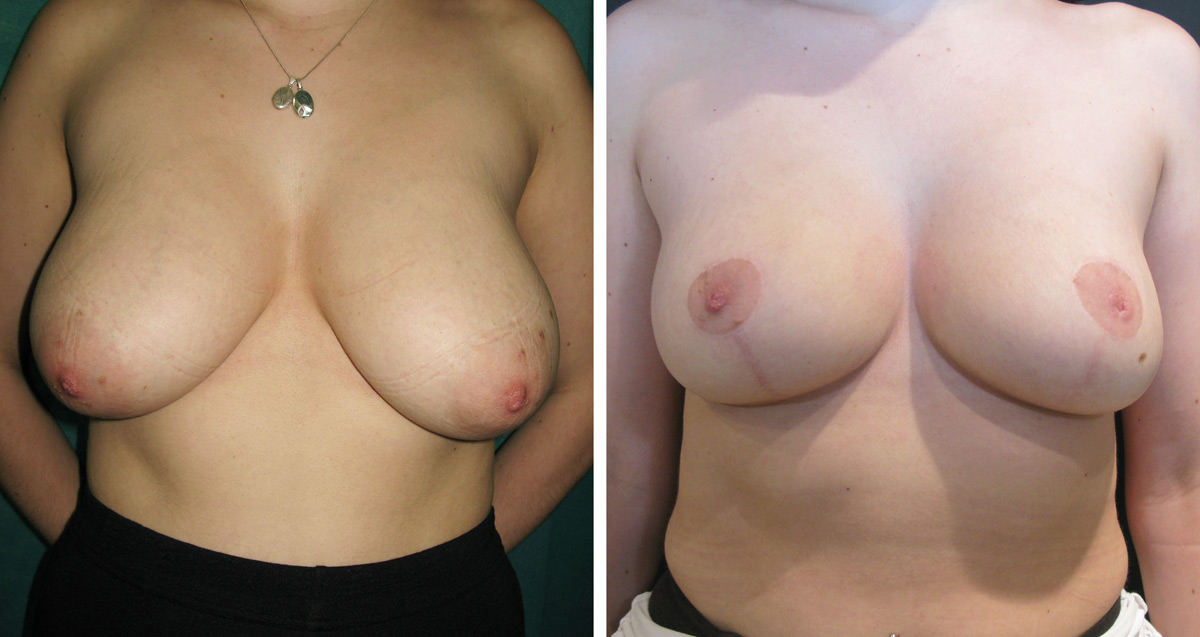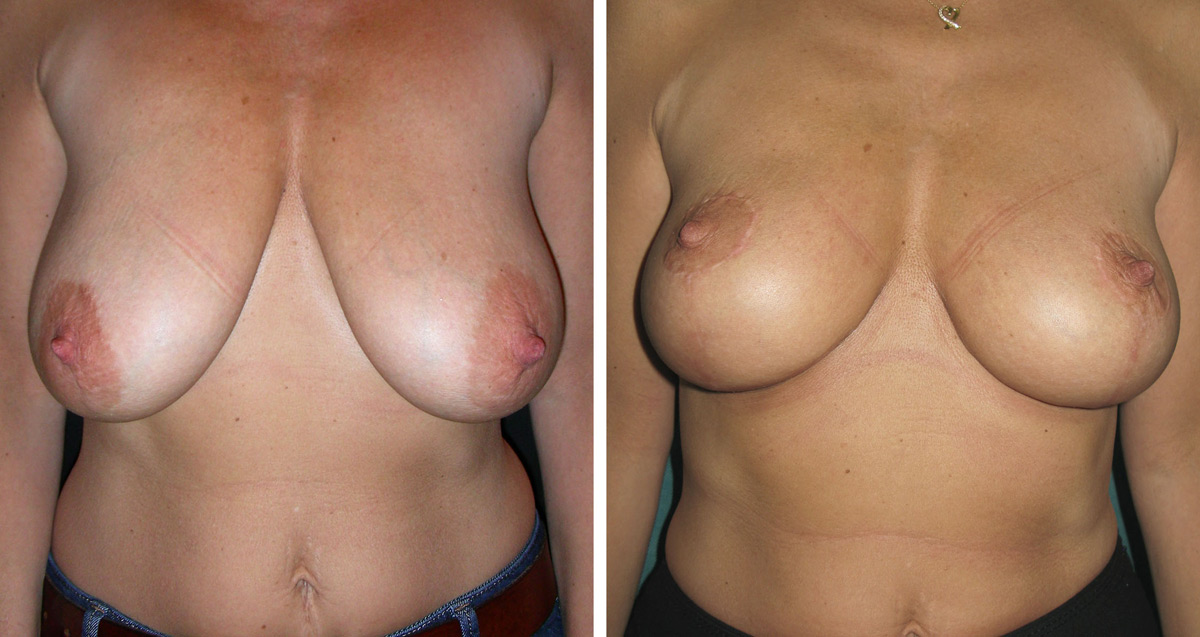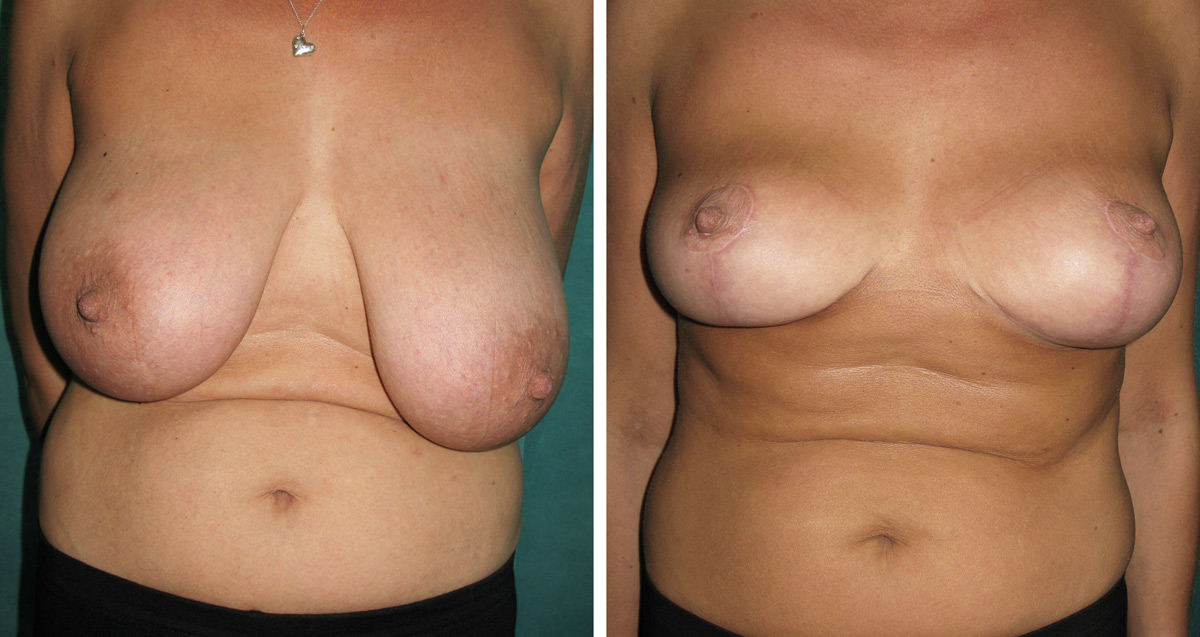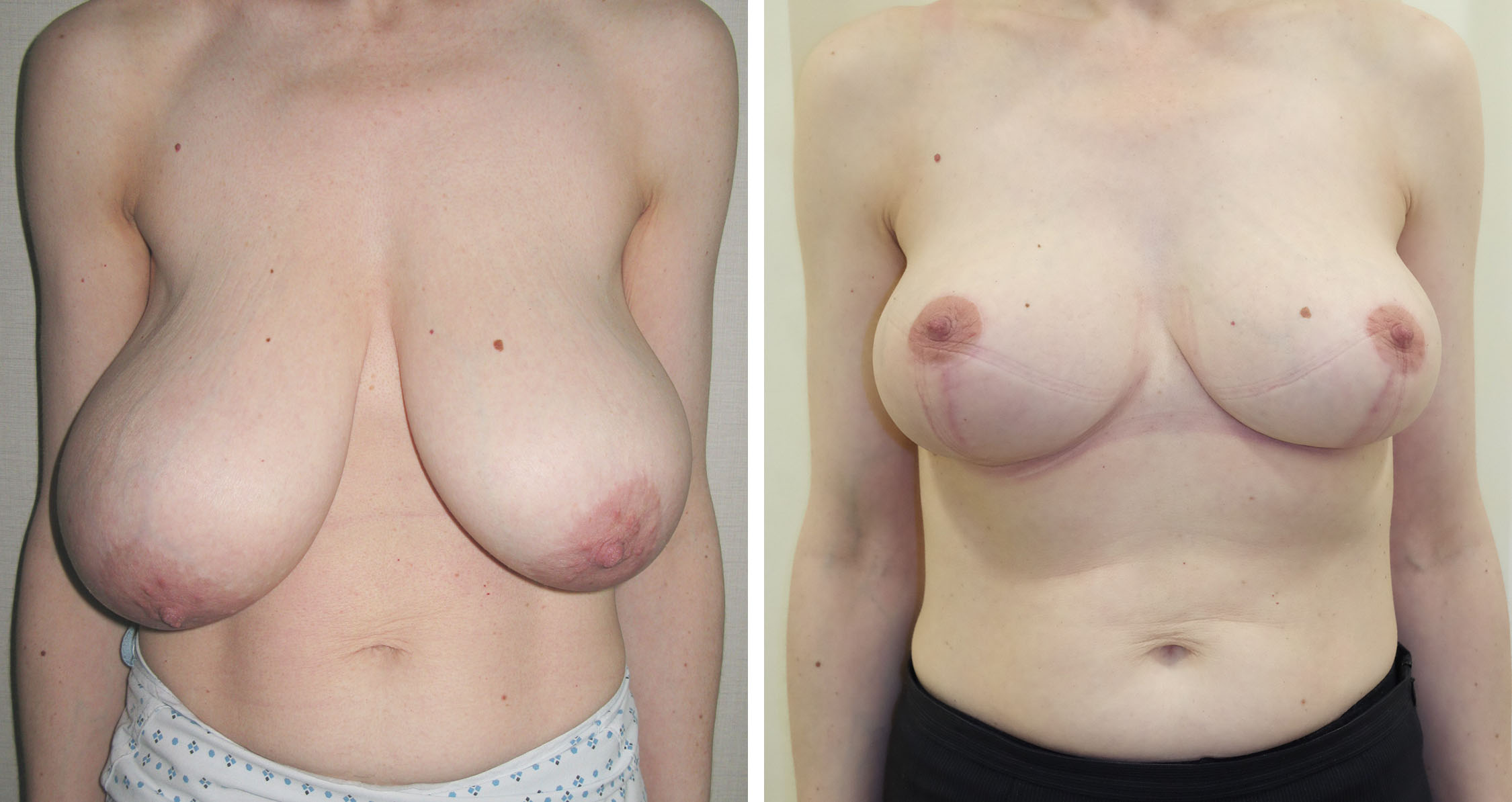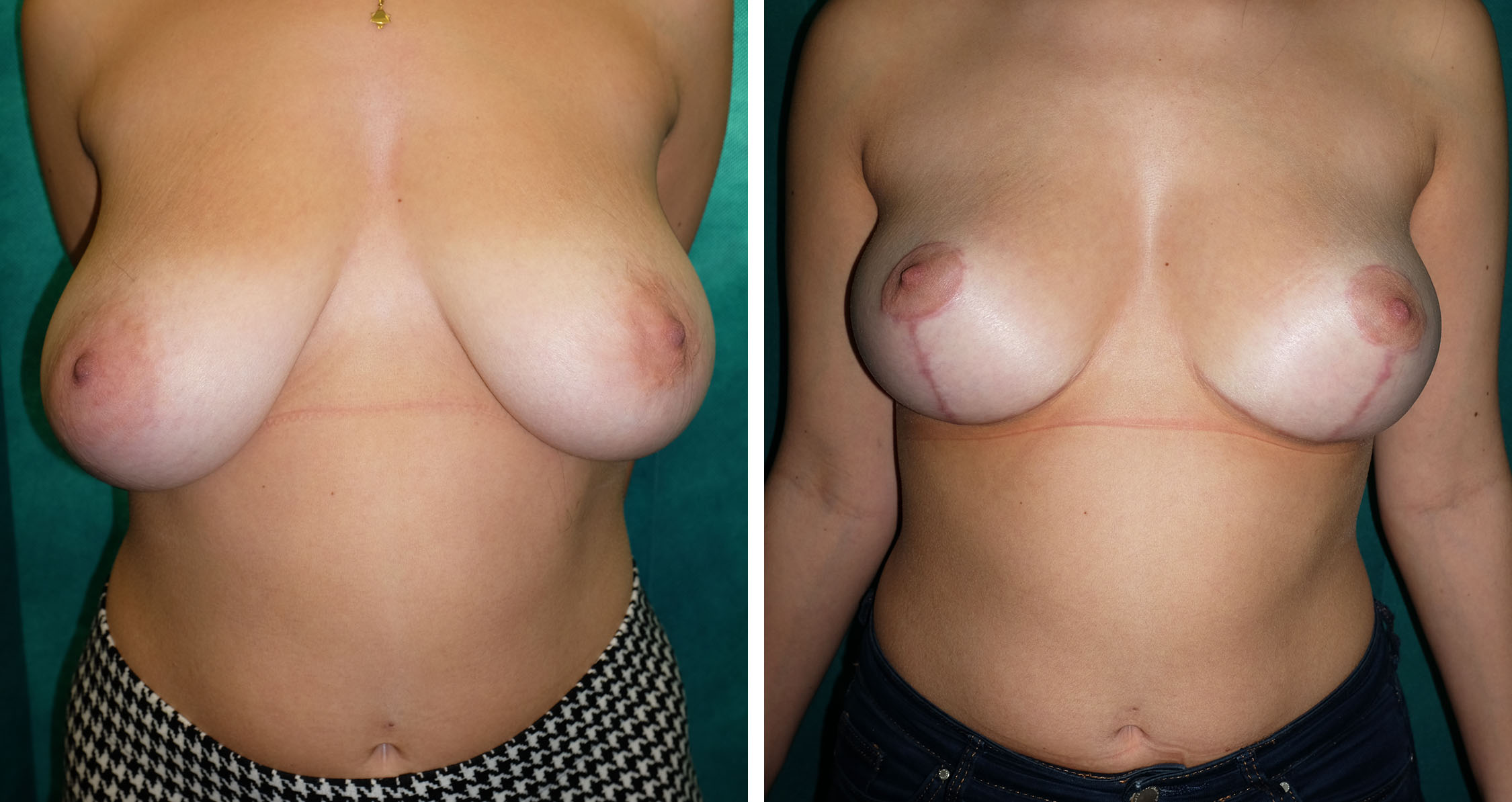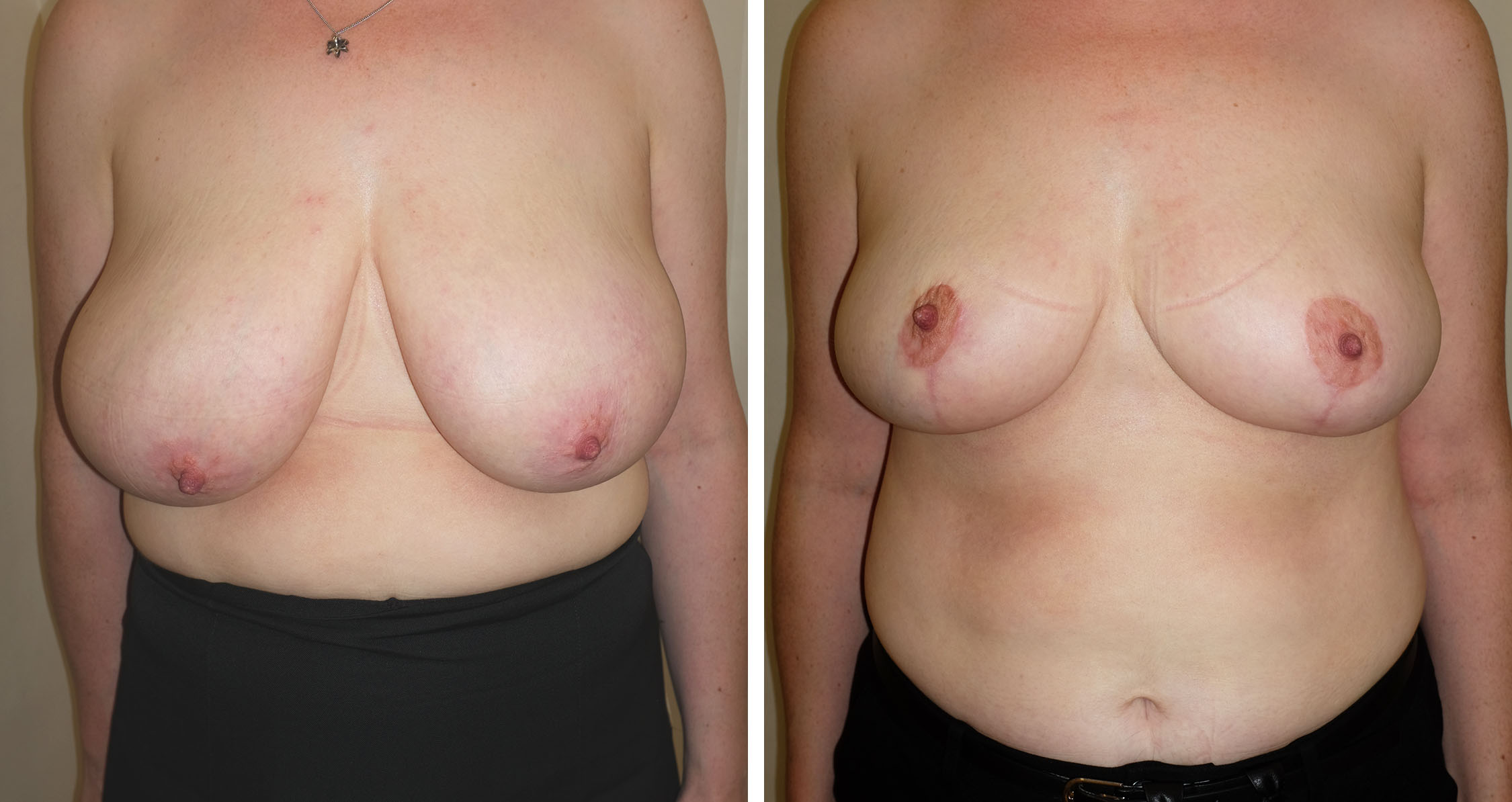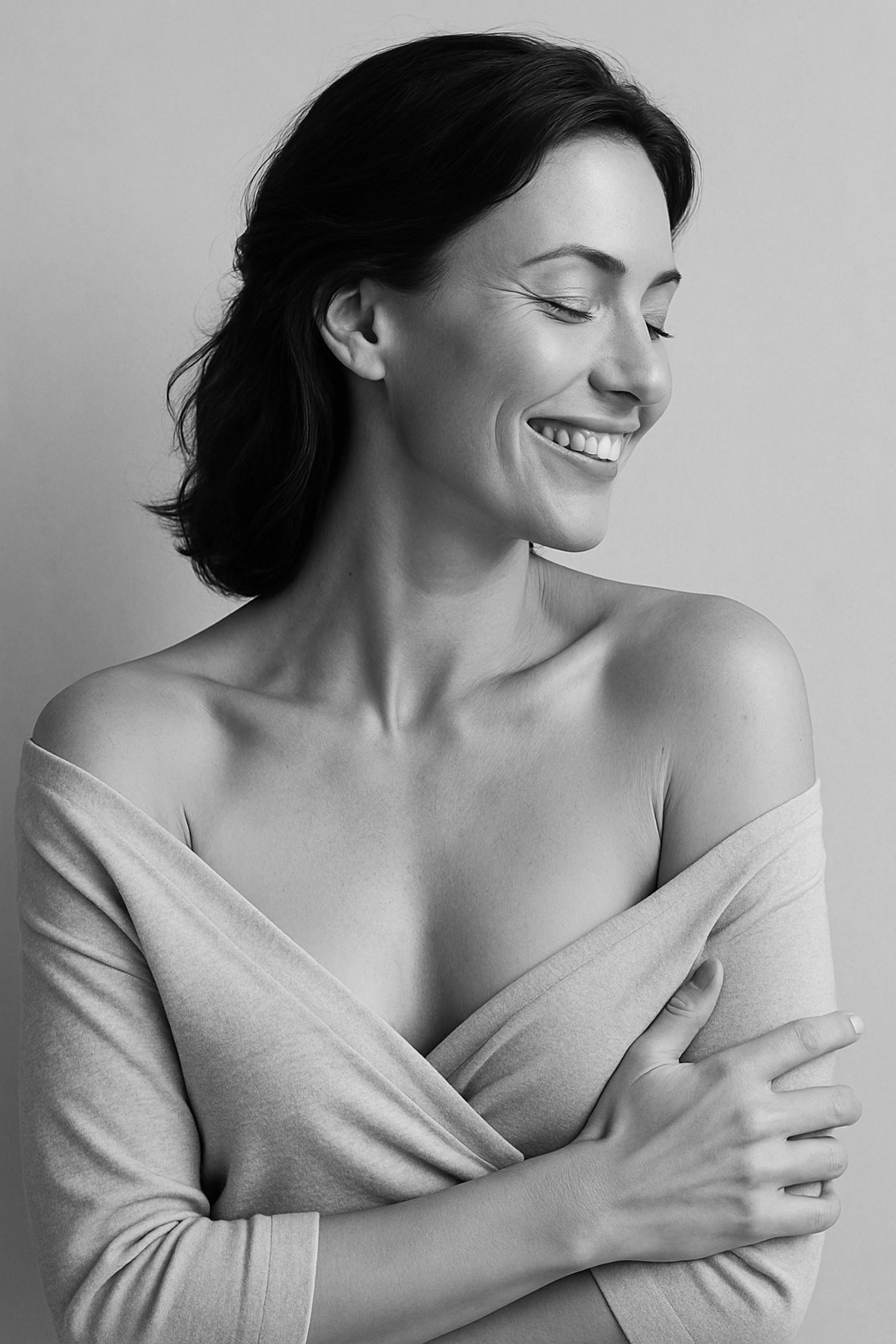In Summary
Breast reduction surgery offers life-changing benefits for women struggling with the physical discomfort and emotional challenges of excessively large breasts. When performed by an experienced surgeon using proven techniques, the procedure provides excellent long-term results with high patient satisfaction rates.
The key to successful outcomes lies in careful patient selection, realistic expectations, and commitment to proper post-operative care. Using the supero-medial pedicle technique with appropriate incision patterns, most patients achieve significant symptom relief while maintaining natural breast appearance and function.
If you’re considering breast reduction surgery, take time to research thoroughly, consult with qualified surgeons, and make an informed decision that’s right for your individual circumstances. Remember that this surgery isn’t just about changing appearance – it’s about reclaiming comfort, confidence, and quality of life.
For many of my patients, breast reduction represents freedom from years of physical discomfort and self-consciousness, opening doors to activities, clothing choices, and confidence levels they never thought possible. The consistent feedback I receive is that patients wish they had done it sooner.
I hope this has helped answer some of your questions
best wishes,
David Floyd
Consultant Plastic Surgeon

